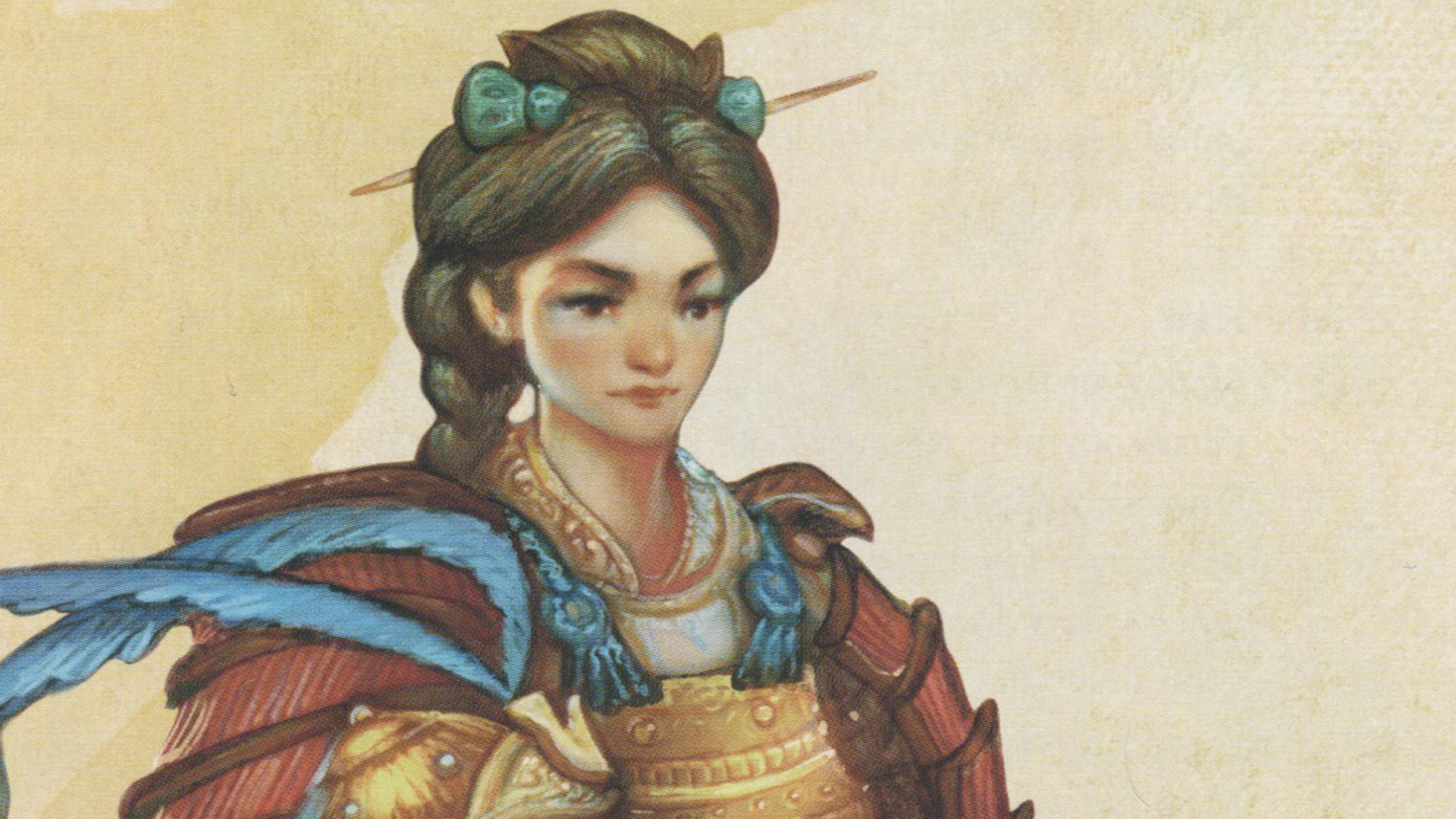

The Player's Handbook III introduced "hybrid" classes, a deeper form of multiclassing in which elements of two classes are combined each level. In the 4th Edition, each character can only multiclass into a single class, unless otherwise stated by their primary class (such as the Bard). Some classes are only available through multiclassing the first such class was Spellscarred, introduced in the Forgotten Realms Player's Guide. Also, at level 11, a character with a multiclass feat and all of the power-swap feats is eligible for paragon multiclassing, which allows them to gain additional powers from their second class in lieu of taking a Paragon Path. The class-specific multiclass feats are also prerequisites for the power-swap feats, each of which allows the character to swap out a daily, encounter, or utility power from their first class for one from their second class. The 4th edition allows characters to take a feat that grants access to specific facets of another class. The 3rd edition version of Unearthed Arcana includes rules for gestalt characters which combine the advantages of two classes. There are, however, penalties to the rate of experience point gained if classes are added haphazardly.

: 82–84 This edition offers the most freedom regarding multiclassing. In addition, Prestige classes add more options for multiclassing. The 3rd edition allows players to mix and match levels from any number of classes, though certain combinations are more effective than others. Non-humans, on the other hand, can "multiclass" where they effectively learn two (or rarely even three) classes at the same time at the cost of a slower character level progression. Only those playing as humans can, and it requires extremely high stats to do so. In the 1st and 2nd editions, changing a character's class is difficult. Most editions of Dungeons & Dragons have allowed for the possibility to either advance in more than one class simultaneously, alternately taking levels in more than one class, or branching out in a second (or more) class at a specific point defined by the first class, a concept generally called multiclassing. Similarly, classes associated with psionics such as the Psychic Warrior do not apply to worlds without psionics. For example, the Samurai class introduced in the Oriental Adventures book may not make sense in a game set in a standard European-style realm. Non-core base classes are considered optional and do not always exist in all settings. The 3rd edition introduced five classes for use in creating non-player characters in its Dungeon Master's Guide. Runecaster and Shaman) in addition, supplemental handbooks offered a variety of "kits" to customize each base class, and the Dungeon Master's Guide offered rules for creating new character classes. The 2nd edition added several completely new base classes (e.g. Oriental Adventures also introduced a number of alternate classes more appropriate for an Eastern setting. The release of Unearthed Arcana in 1985, for instance, introduced the base class of Barbarian and reworked Paladins to be a type of the new base class "Cavalier". While the main character classes available have remained fairly consistent since the 1st edition of Advanced Dungeons & Dragons, a variety of alternate base classes have been offered in supplemental books. These classes have appeared as character classes in the core books of multiple published editions: 2.4 Advanced Dungeons & Dragons 2nd editionĬlasses by type Principal base classes.

2.2 Advanced Dungeons & Dragons 1st edition.Dungeons & Dragons classes have generally been defined in the Player's Handbook, one of the three core rulebooks a variety of alternate classes have also been defined in supplemental sourcebooks. Many other traditional role-playing games and massively multiplayer online role-playing games have since adopted the concept as well. A well-rounded party of characters requires a variety of abilities offered by the classes found within the game.ĭungeons & Dragons was the first game to introduce the usage of character classes to role-playing. A character's class affects a character's available skills and abilities. A character's capabilities, strengths, and weaknesses are largely defined by their class choosing a class is one of the first steps a player takes to create a Dungeons & Dragons player character. Specificities of the character classes in Dungeons & DragonsĪ character class is a fundamental part of the identity and nature of characters in the Dungeons & Dragons role-playing game.


 0 kommentar(er)
0 kommentar(er)
